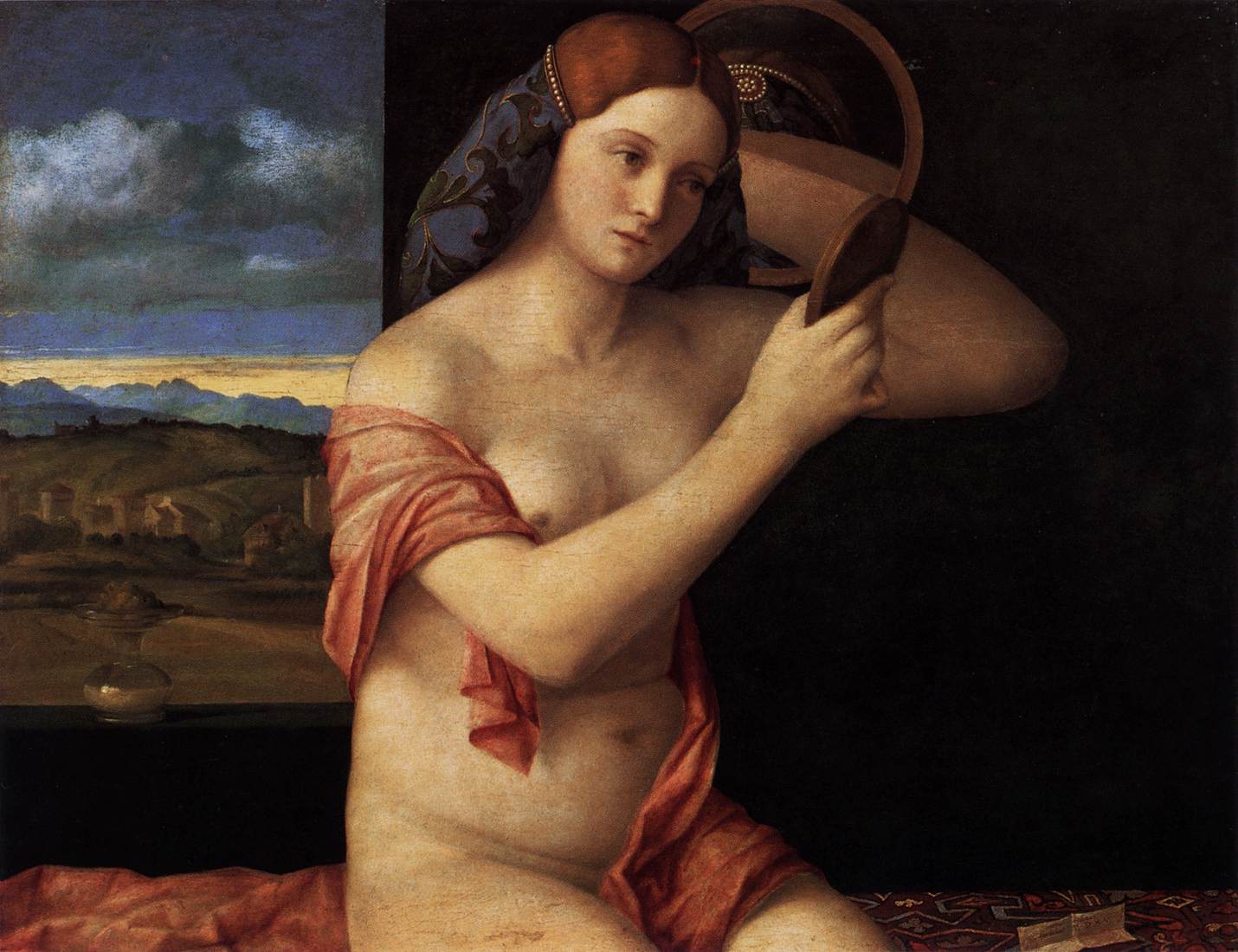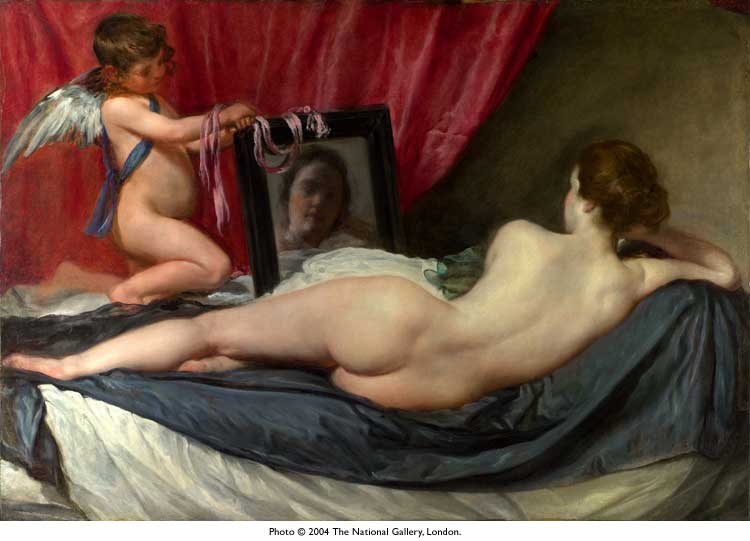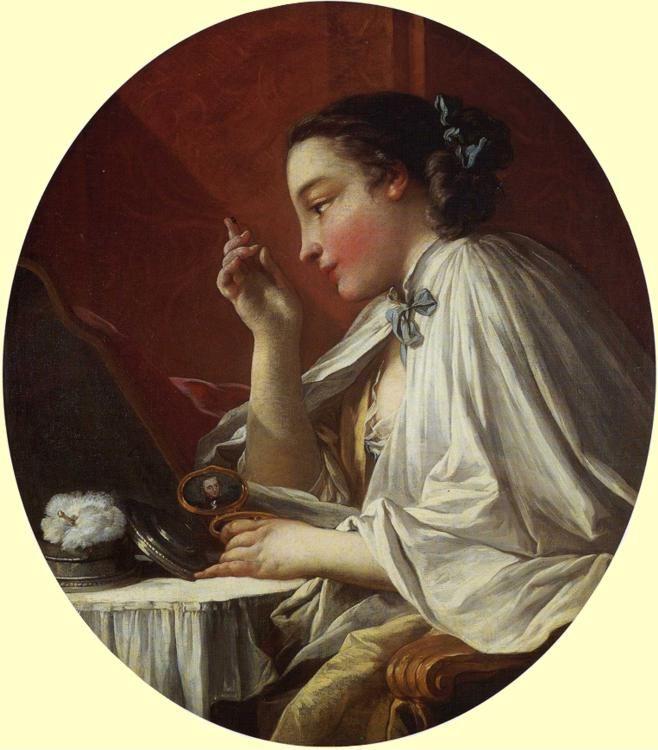Vocabulary: Contrapposto
>> Wednesday, November 11, 2009
 Contrapposto:
Contrapposto:
The position of an human figure in art where the figure stands with its weight on one leg, with the other one relaxed. It is further defined with the figure's hips and shoulder being at opposite angles.
The ancient Greeks discovered that their sculptures took a more lifelike form when put in a contrapposto position as opposed to the rigid standing position which was common in Ancient Egyptian and Archaic Greek sculpture. The contrapposto position regained popularity after the Dark Ages when it was commonly used in paintings.
















